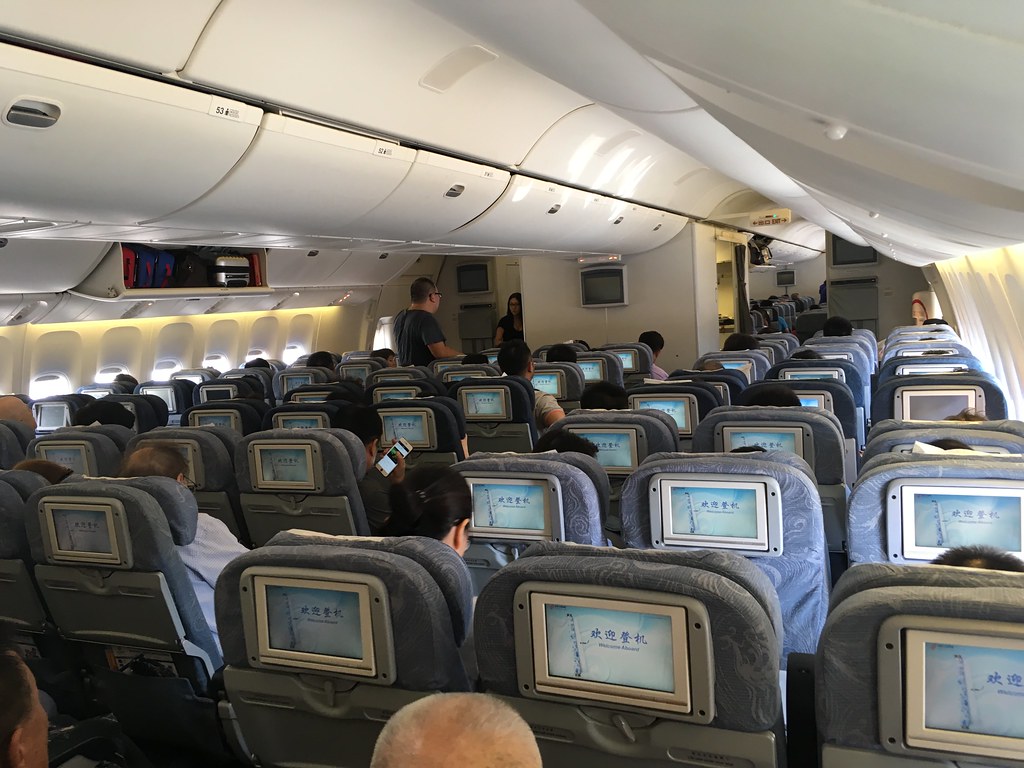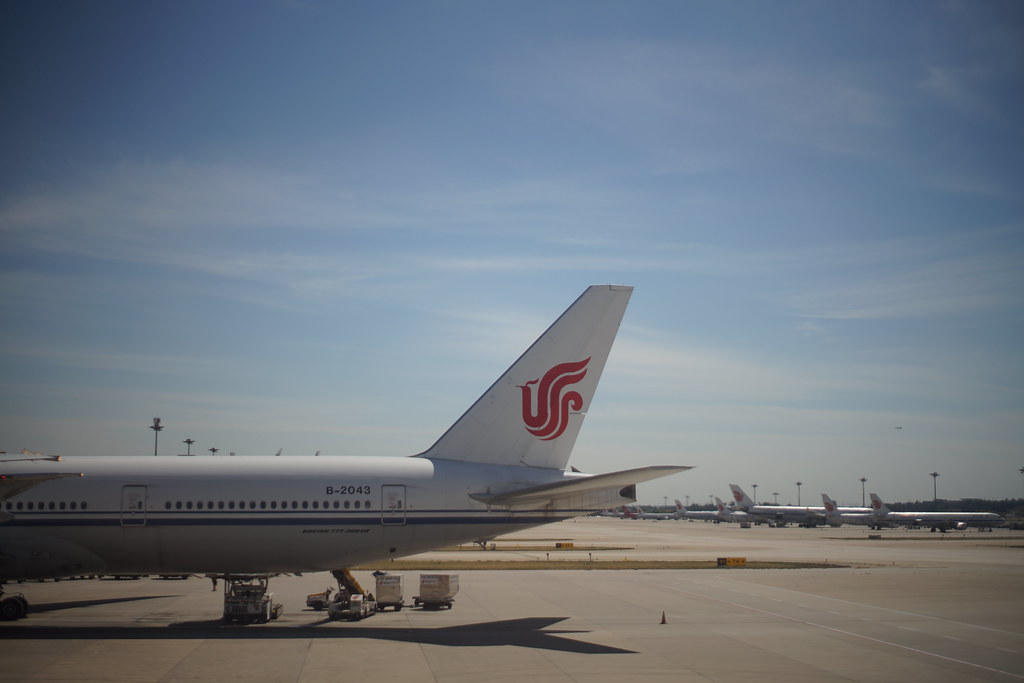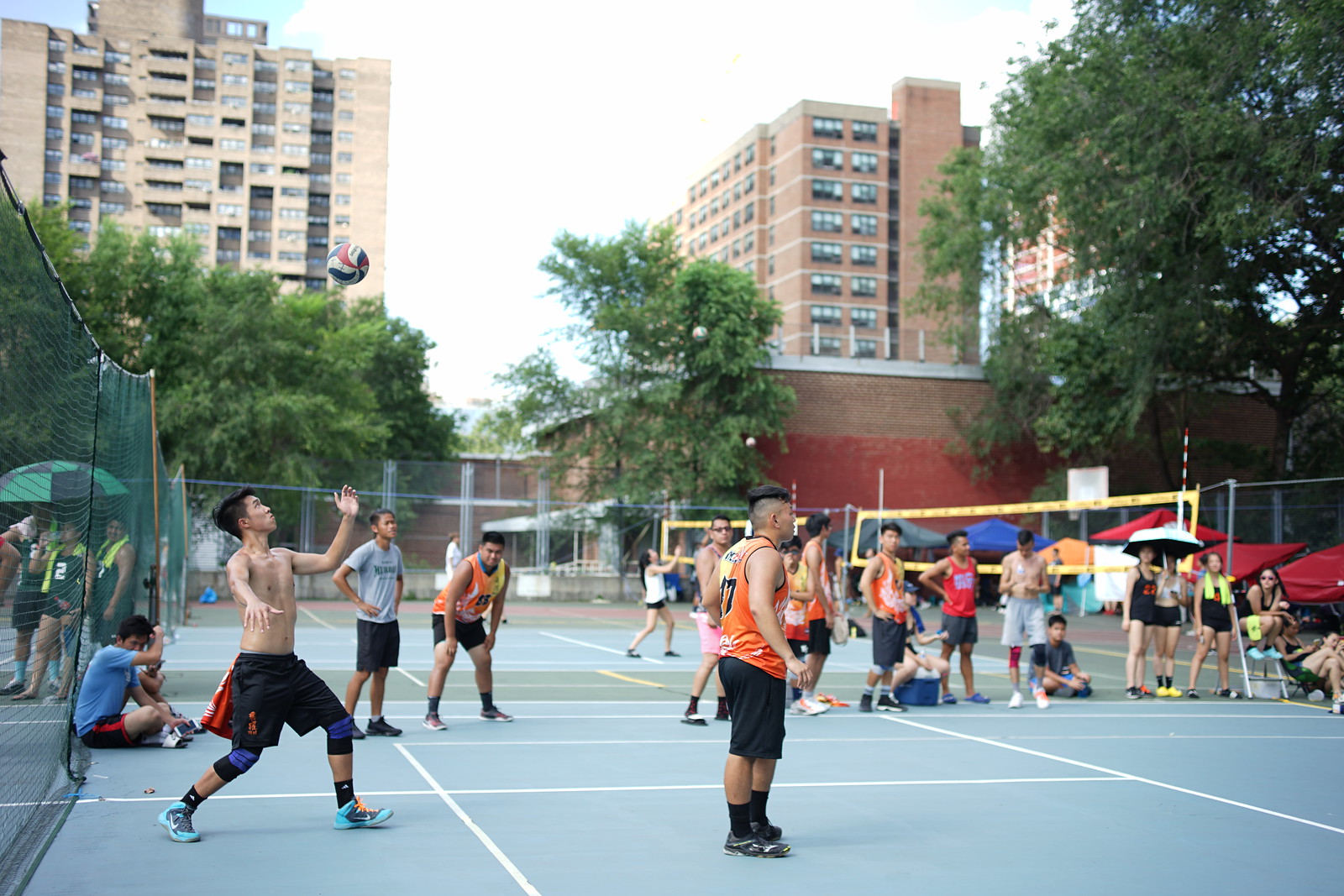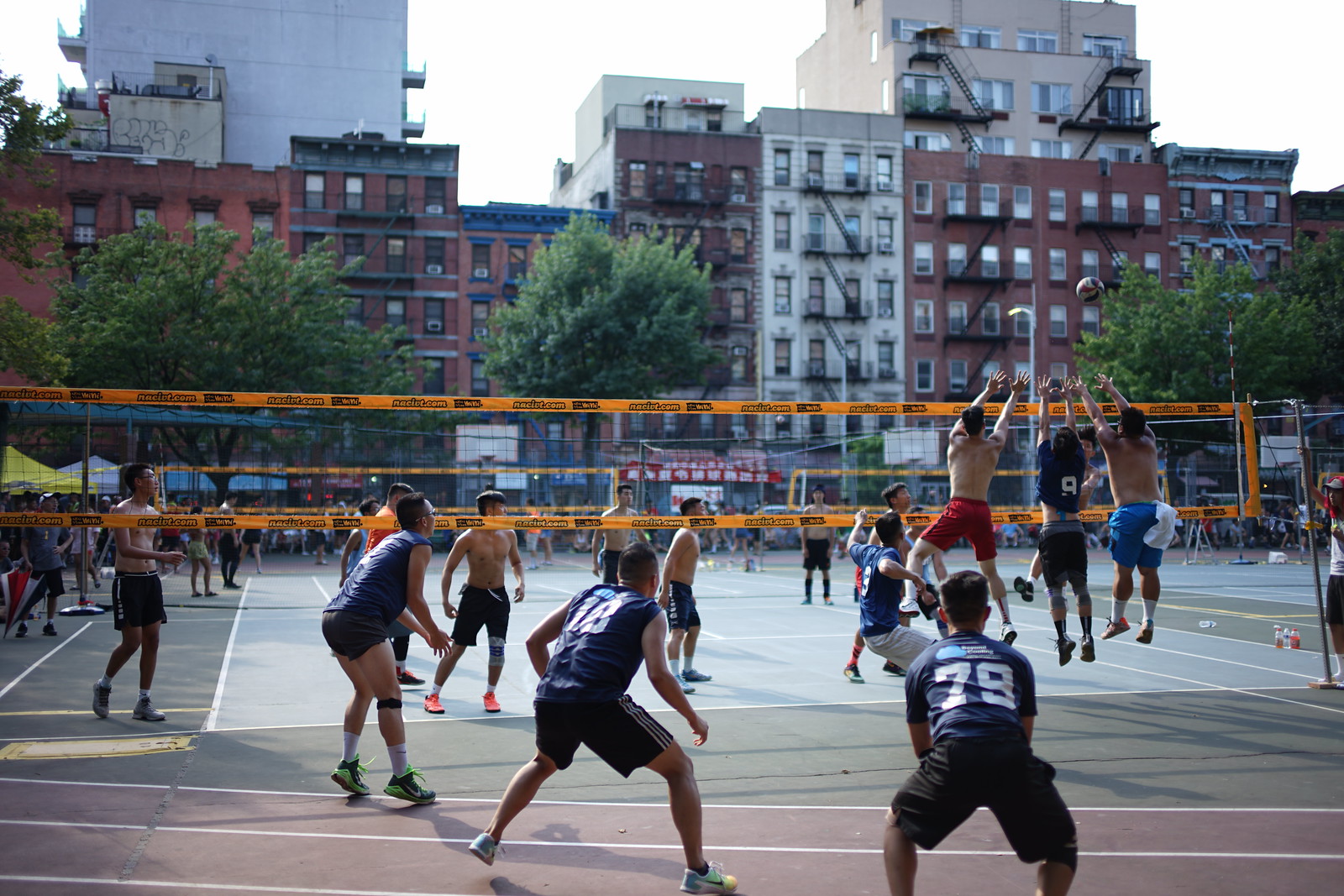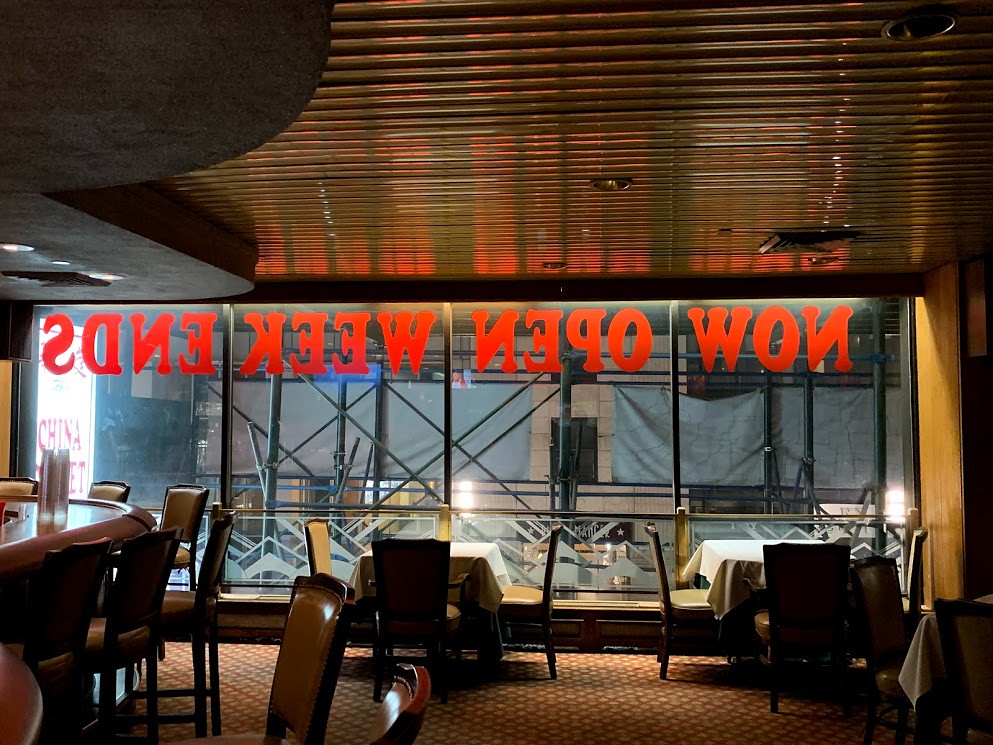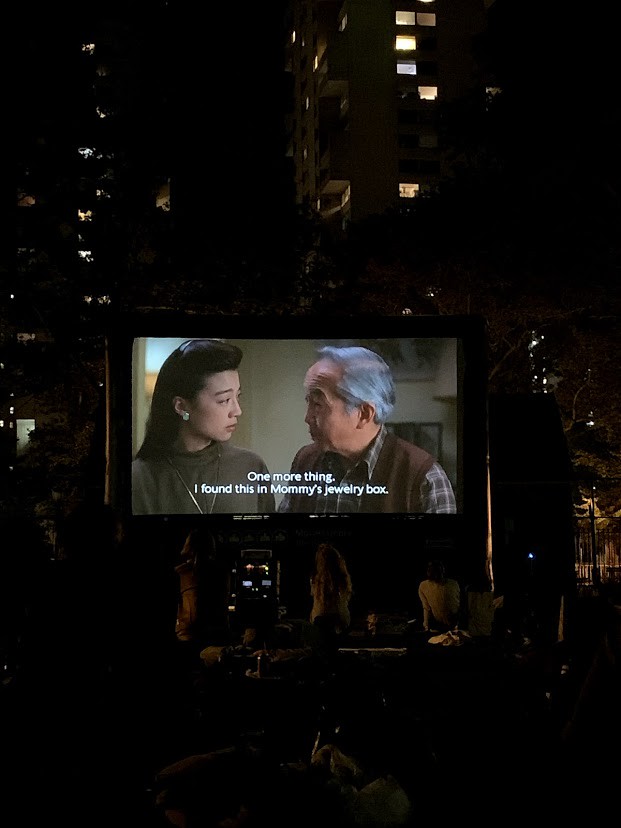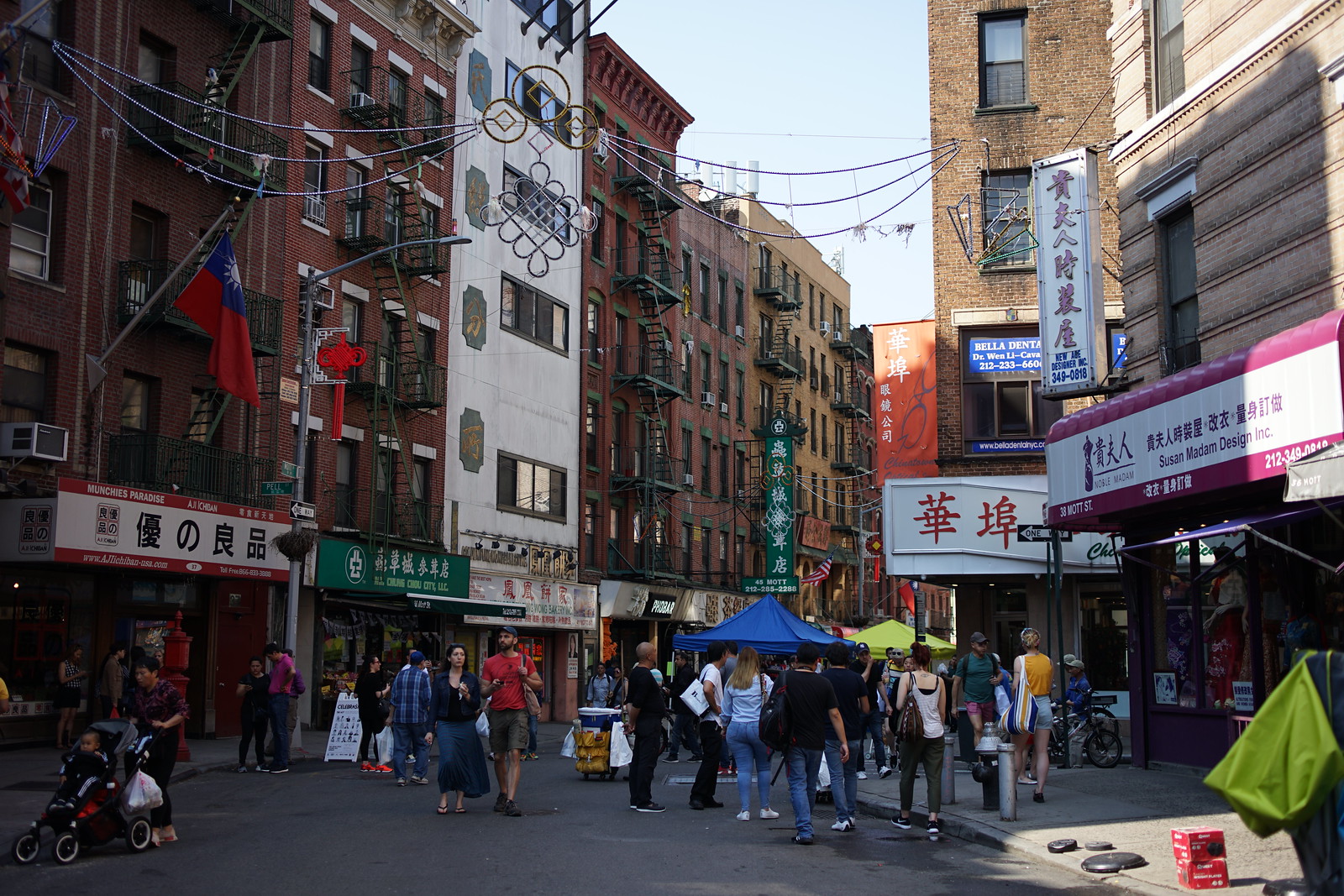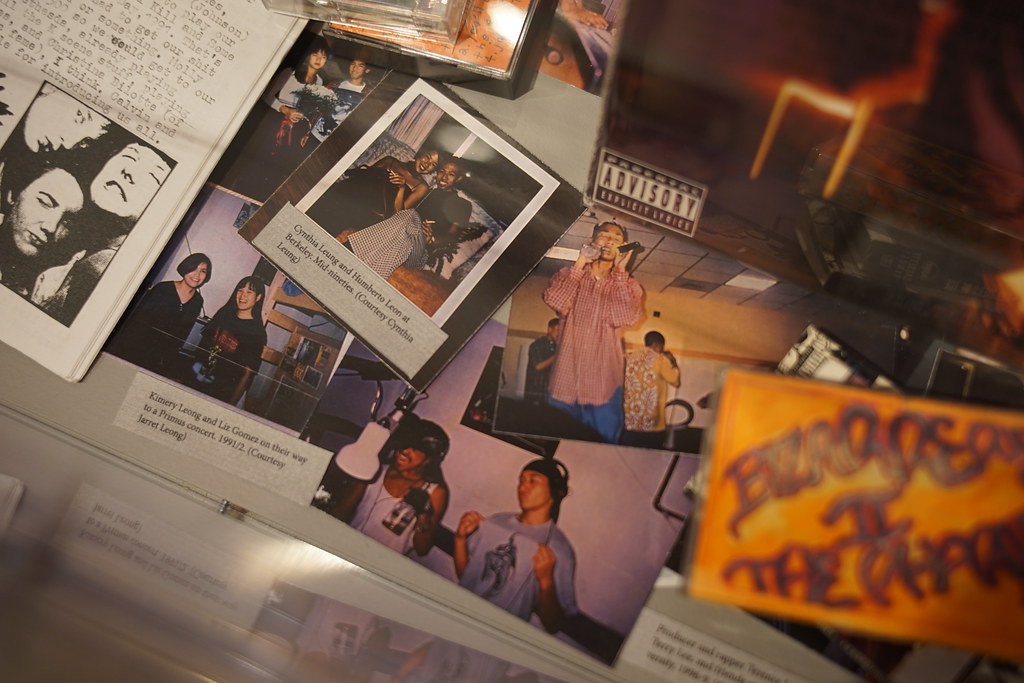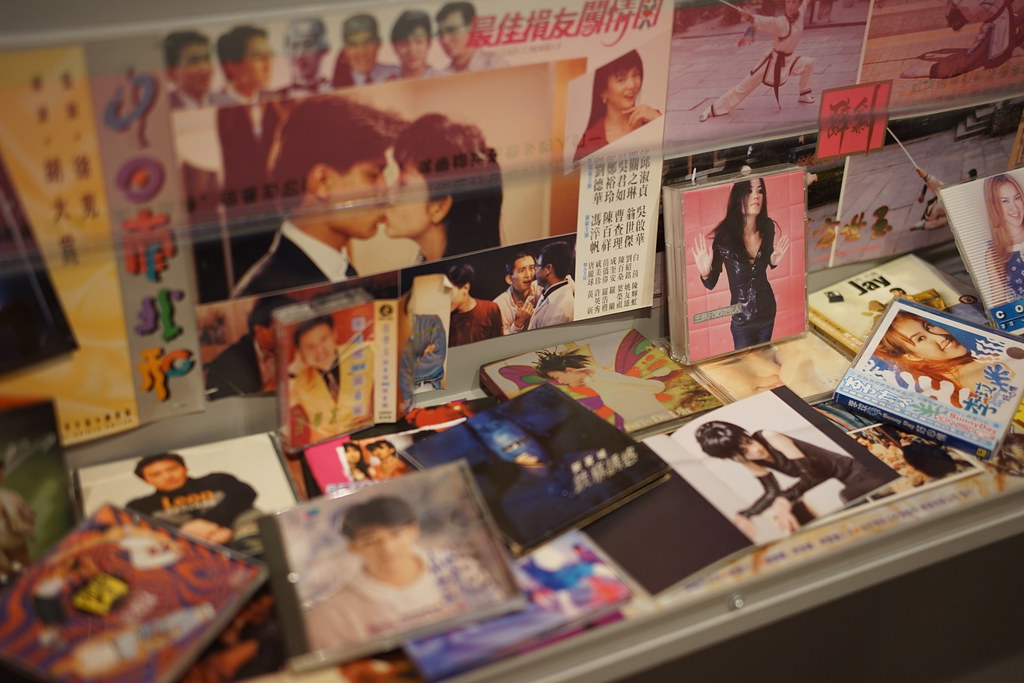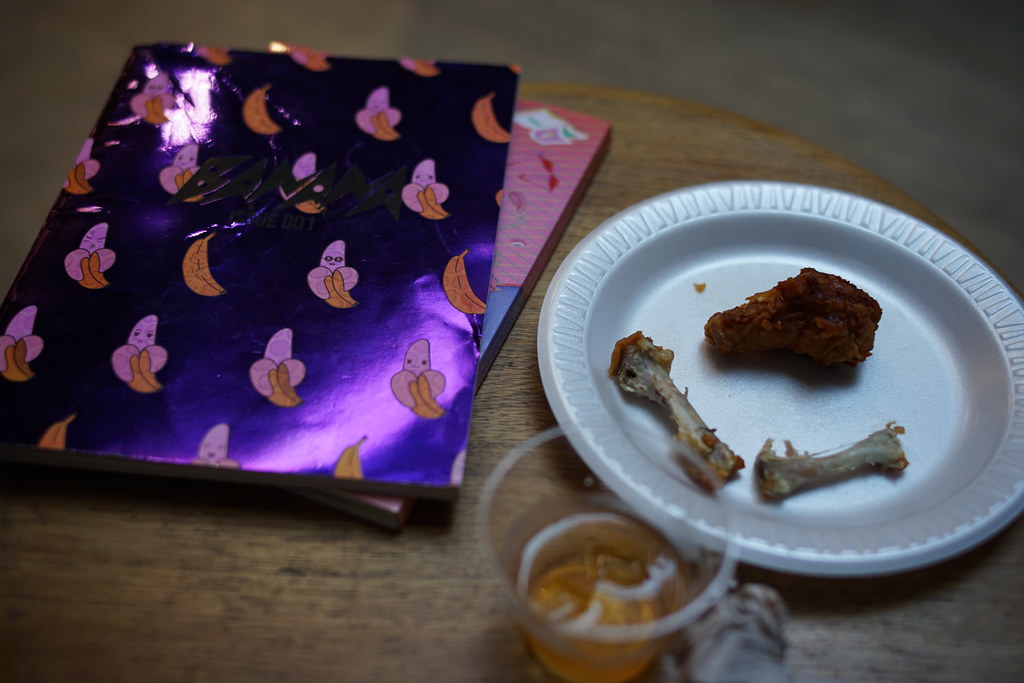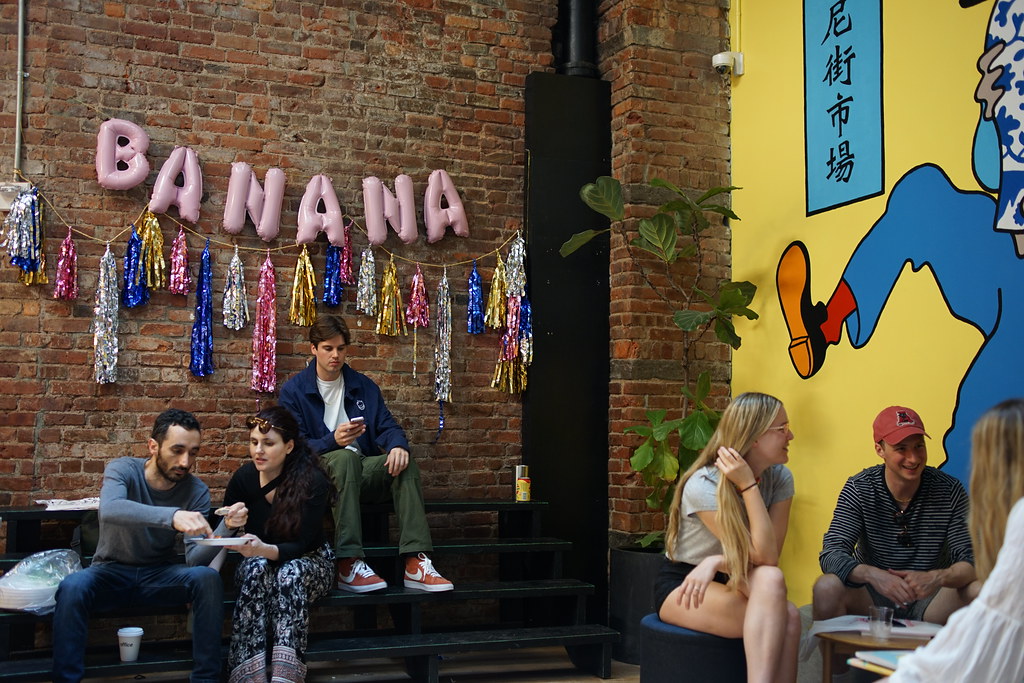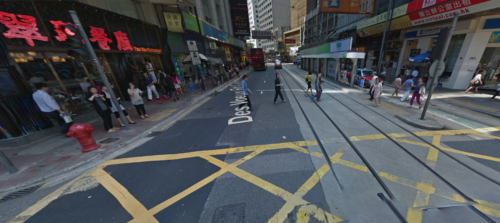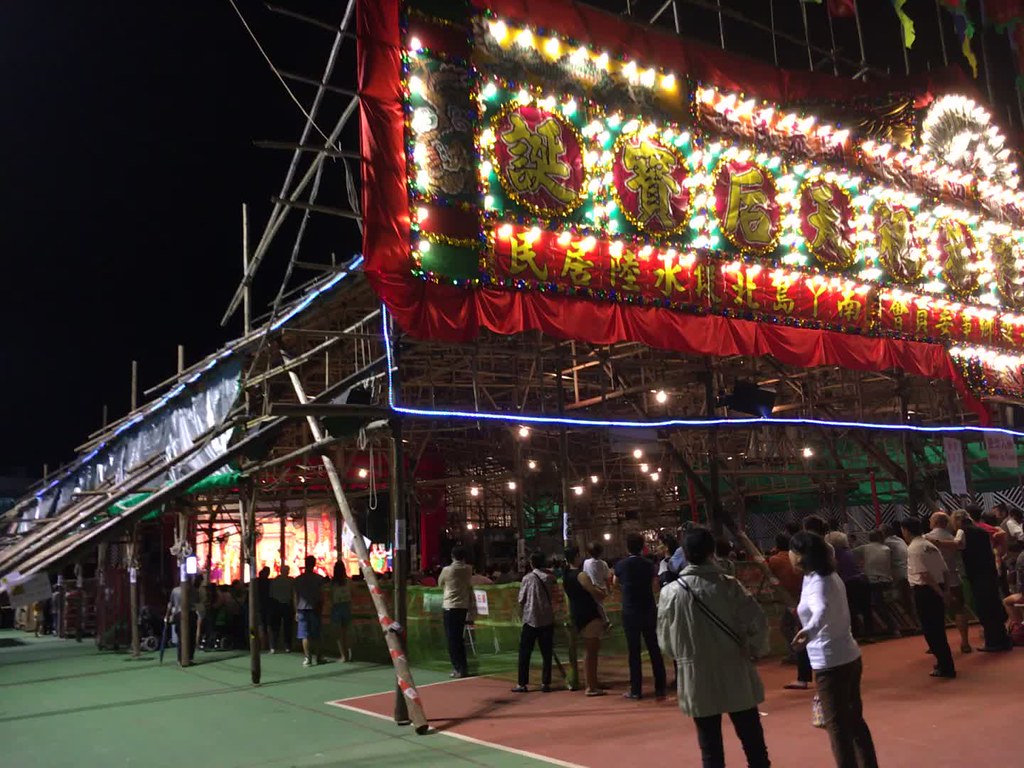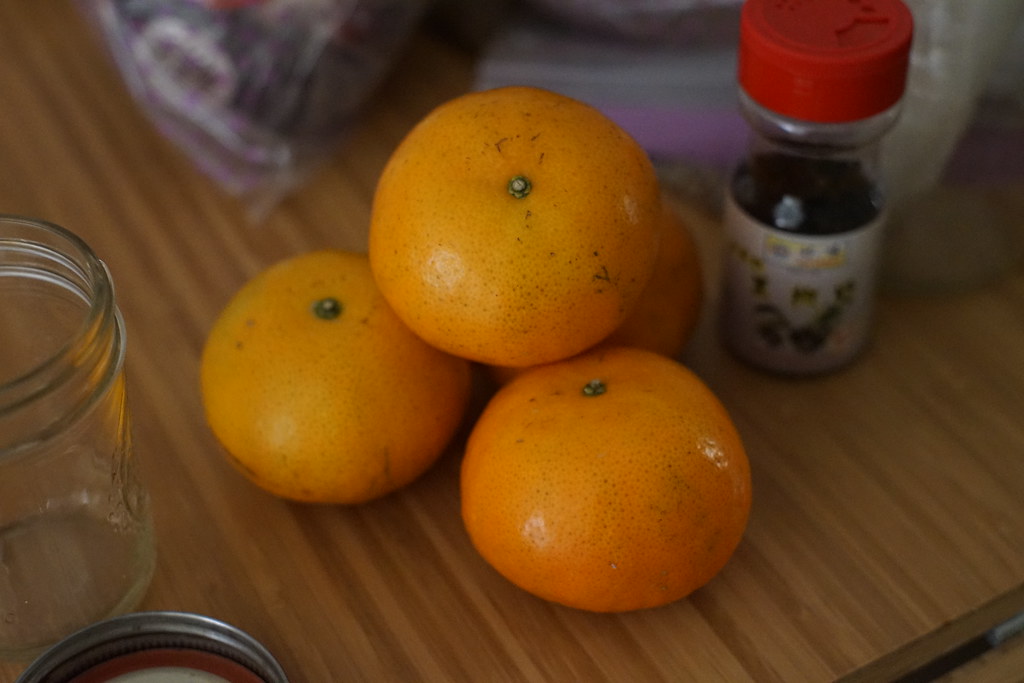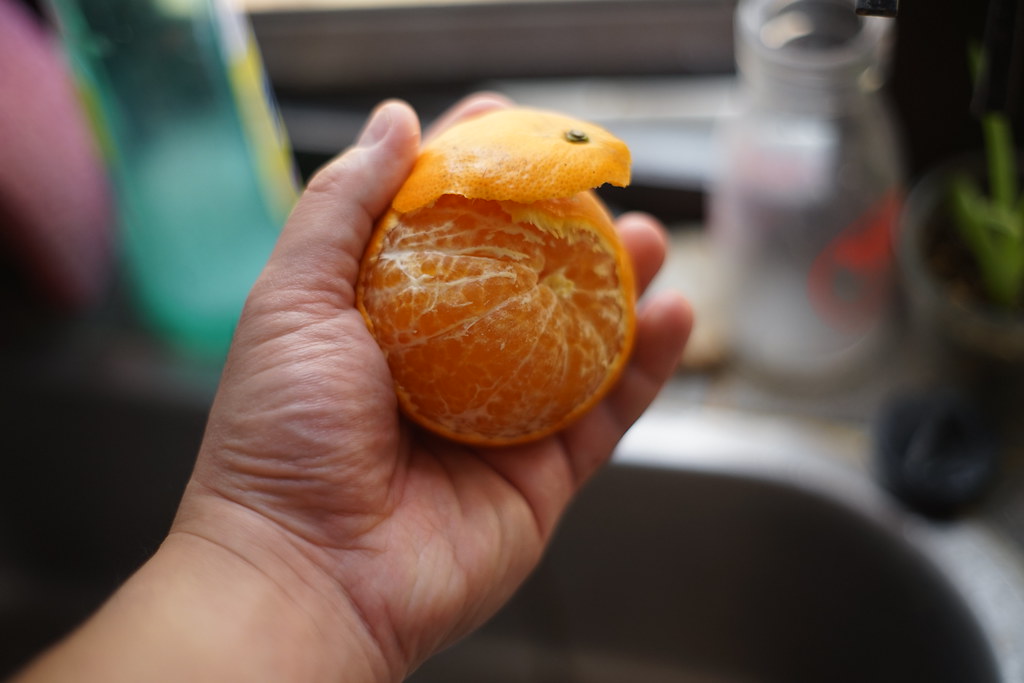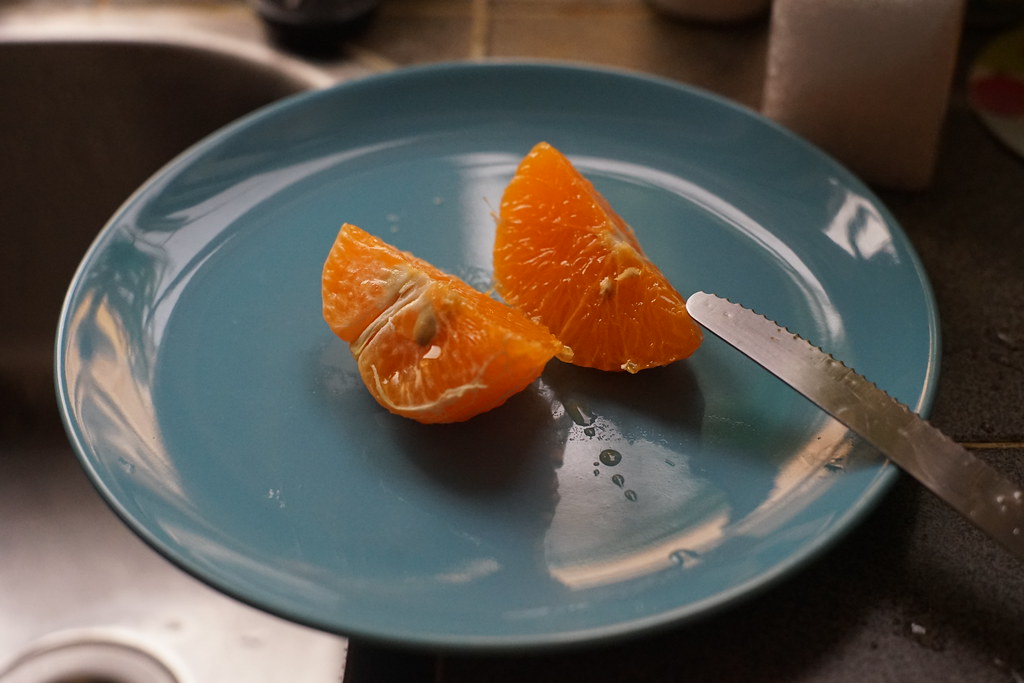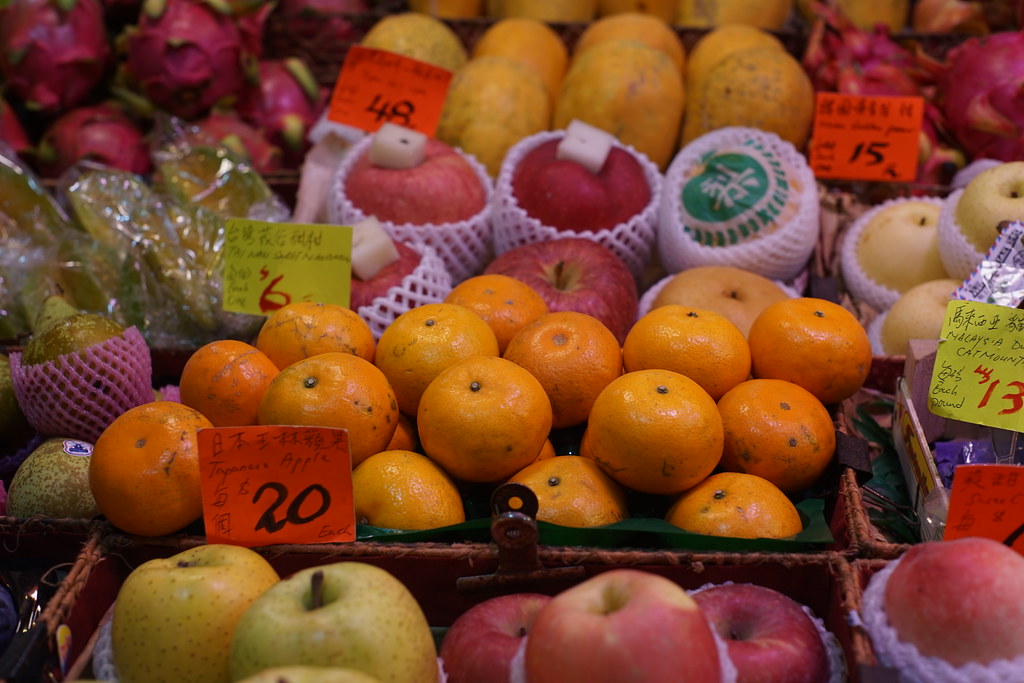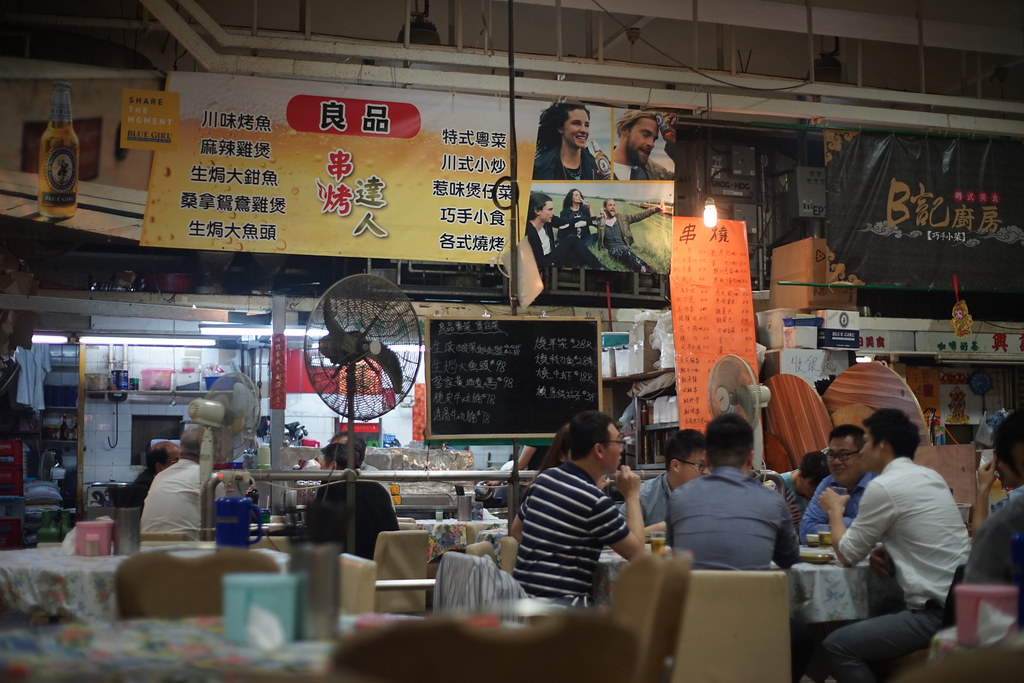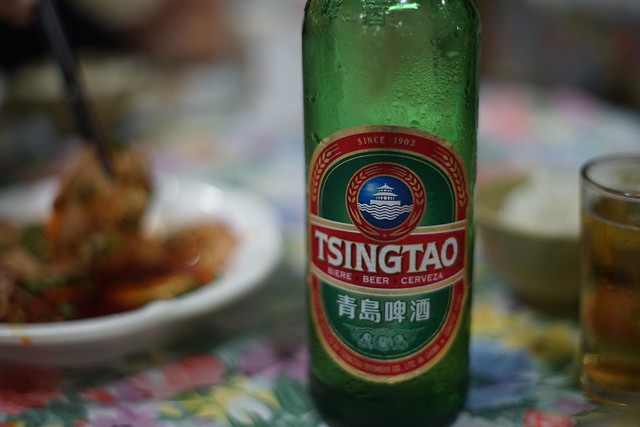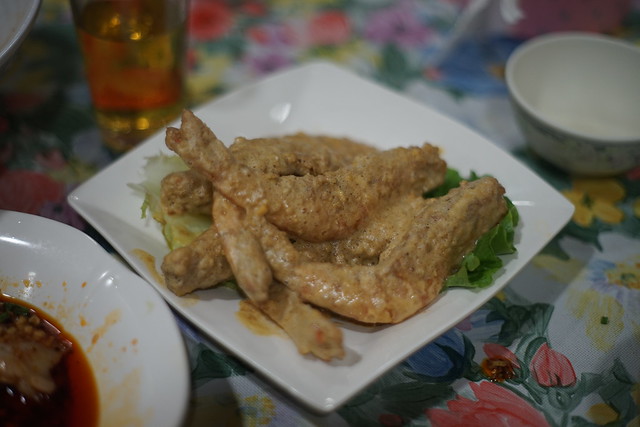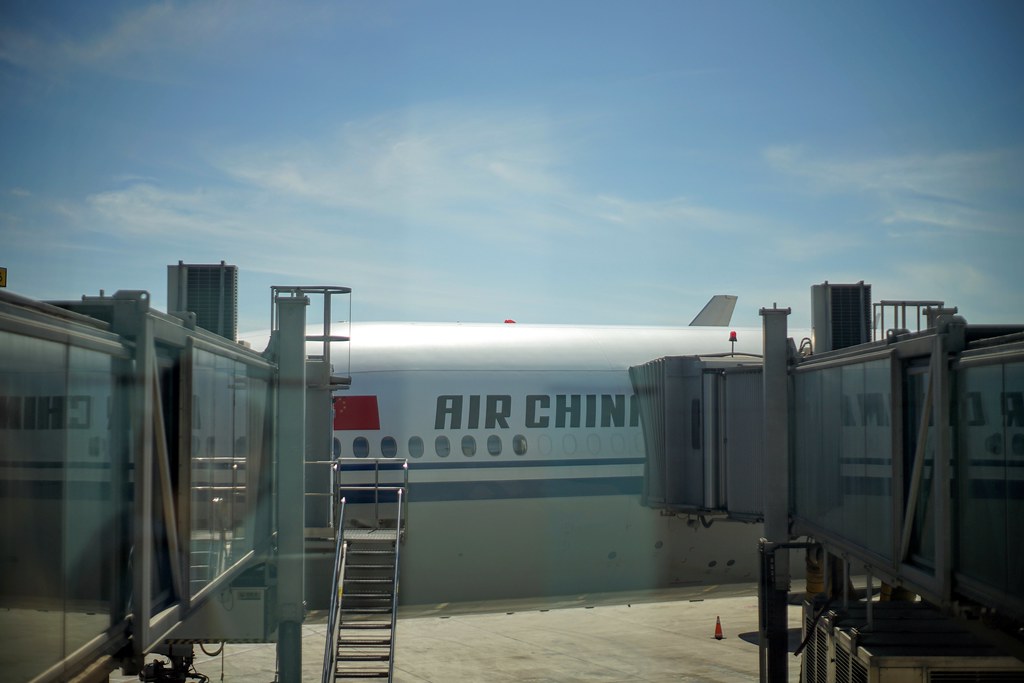
Le vol 879 de la compagnie aérienne chinoise Air China est le premier vol direct qui relie une ville est-Asiatique et Montréal (il y a des vols directs vers le Moyen-Orient). Les différents paliers gouvernementaux y ont travaillé très fort durant les dernières années et il faillait que je l’essaie.
En général pour rentrer à Montreal de Hong Kong, où je vis depuis près de sept ans, je passe par Toronto, Vancouver, des villes américaines (via le Japon ou direct) ou même l’Europe, avant d’arriver à Montréal. Je n’ai jamais pris la route par la Chine, la raison principale étant que ça voudrait dire deux connections (à moins que ce soit le Japon, suis pas vraiment intéressé) et qu’en genénal, les lignes aériennes chinoises sont perçues comme inférieures sur plusieurs plans, dont celui du divertissement à bord, des repas.
J’assiste à un mariage en mi-septembre et lorsque je magasinais durant l’été pour les billets aller-retour en partance de Hong Kong vers Montreal, ceux-ci coûtaient tous plus de 1350 $US (par Air Canada, United) ou avaient des connections ridicules (le fameux Seattle-Minneapolis de Delta ou via Dallas-Fort Worth avec American — à des prix aussi élevés). Après vérification, il était possible à la dernière minute d’obtenir des vols via Narita et une autre connection pour moins de 900 $US.
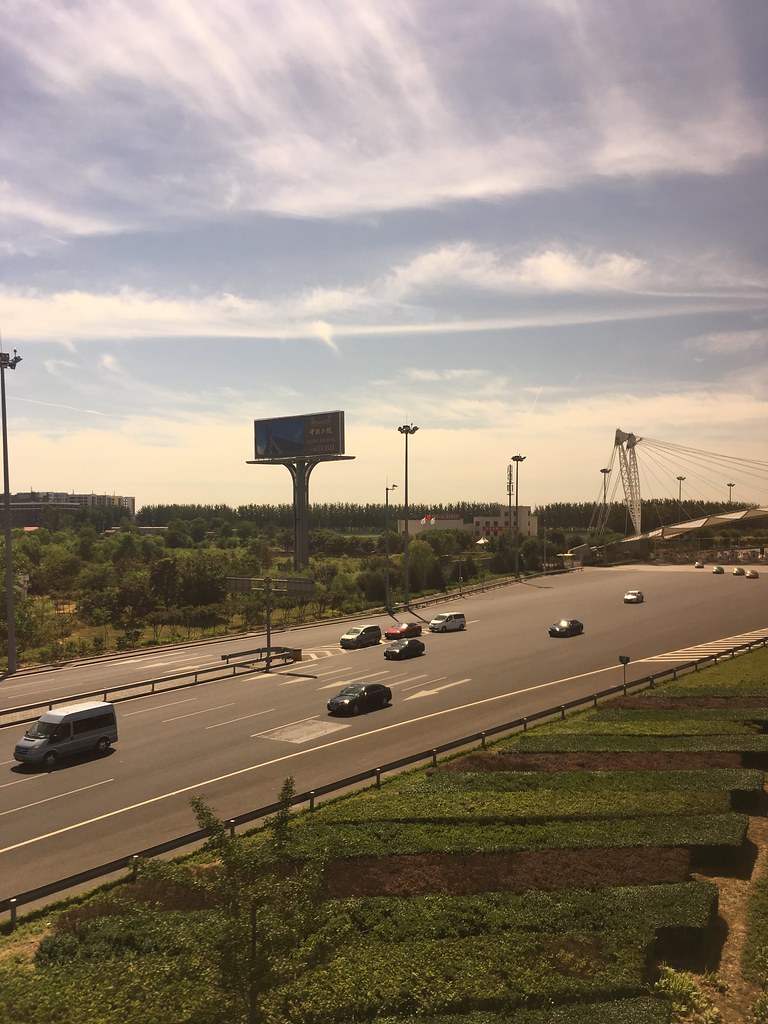
Escale à Beijing
J’ai eu de la veine et suis tombé sur un billet à 800 $US (et même à 550 $US quelques jours plus tard) avec le vol Air China direct CA879 entre Beijing et Montréal (qui poursuit ensuite sa route vers La Havane, qui pour l’automne sera une journée sur les trois vols initialement prévus), surtout que je voulais m’arrêter dans la capitale chinoise pour voir la ville. La dernière fois c’était au printemps 2008, épisode bien documenté sur ce blogue.
C’était donc un vol en soirée de Hong Kong (CA116 — avec option pour un des vols plus de bonne heure au même prix) et une escale d’une nuit à Beijing, avant le départ du CA879 vers 13h15 heure locale, arrivée à 14h à l’aéroport PET.
Les vols vers Beijing (et Shanghai) sont notoires pour leurs retards en raison du traffic sur les routes aériennes entre la région du delta de la rivière aux perles (et ses cinq aéroports majeurs). Donc j’étais agréablement surpris de n’avoir que 40 minutes de retard sur le CA116.
J’ai eu un peu de difficulté avec mon étampe pour un transfert de moins de 24 heures, ayant pris la mauvaise voie, celle des transferts internationaux. Un forum sur Trip Advisor avait parlé d’une « voie spéciale », que je n’ai pas vu, par fatigue ou mégarde. En fin de compte, j’ai pris le transfert et les gens de la sécurité m’ont refait passer tout le tralala et je suis finalement ressorti par le comptoir ordinaire devant la file d’une bonne quinzaine de minutes.
Également eu de la difficulté à expliquer en Mandarin approximatif où mon hôtel était, mais on a trouvé et j’ai pas été surchargé (course de 19 RMB pour l’hôtel Ibis adjacent à l’aéroport). Prochaine fois, je prends mon hôtel sur la ligne d’airport express.
Parlant d’airport express, le lendemain, vendredi, j’ai réussi à sortir pour une balade de 4 heures entre mon hôtel, le parc de Chaoyang, et de retour au terminal 3 de PEK. Choses à laquelle on est pas habitué ? Une ligne express de train qui fait un détour dans un terminal de vols domestiques, et des trains vers l’aéroport qui te passent sous le nez à une station intermédiaire (Sanyuanqiao) car trop pleins. Mieux vaut éviter de faire la file plusieurs fois pour un billet en se procurant une carte du métro de Beijing (20 ¥ de dépôt, 25 ¥ par voyage d’airport express, environ 4 ¥ par voyage en métro habituel).
Ensuite, l’aventure du passage de la frontiere et de la sécurité. C’était une heure exactement entre l’entrée de la zone sécurisée pour voyageurs seulement et la sortie de la sécurité vers ma porte, terminal 3E. Pas fameux, mais pas loin de l’expérience de tout autre grand aéroport international qui n’est HKG.

Alors, ce vol CA879 ?
Bon, le vol lui-même ? CA 879 était super à l’heure. Les passagers avait l’air d’être à 95% en provenance de Chine (pas vu beaucoup d’Occidentaux), quoiqu’une bonne proportion des gens sont probablement citoyens canadiens. Boissons standard. Pas de menu papier distribué en début de vol, comme les vols de compagnies japonaises, européennes, m’ont habitué. Mais le choix c’était canard ou bœuf. J’ai pris canard, qui fut un bloc de riz et un ragoût style chinois de viande type volaille (je mettrais ma main au feu qu’il n’y a pas de canard dedans), au céleri, champignons et carottes. Il y a eu un petit pain pas très bon au beurre Président. Et une surprenante salade aux algues noires (je pense) et un morceau de vrai crabe (impressioné, sans ironie).
Pas de photos, car malheureusement mon téléphone était à off à ce moment-là. C’était une des rares fois dont je me souviens avoir été sur un vol où on interdit d’allumer même son téléphone (mode avion non accepté) et que l’équipage semblait devoir faire appliquer la règle (« c’est comme ça en Chine, monsieur »).
J’ai pris une melatonine et dormi après le dîner jusqu’à mi-vol (6e heure d’un vol de 12-13 heures).
Mon constat ? À prix égal, et si on a pas d’intérêt particulier pour s’arrêter à Beijing, vous êtes bien mieux de prendre un vol via Toronto ou Vancouver si votre destination est Hong Kong. Au rhytme où vont les choses, une connection entre Montreal et une autre destination est-asiatique ne semble justifiable que par le traffic en provenance d’Asie, et non vice-versa. Tout simplement pas assez de gens au Québec.
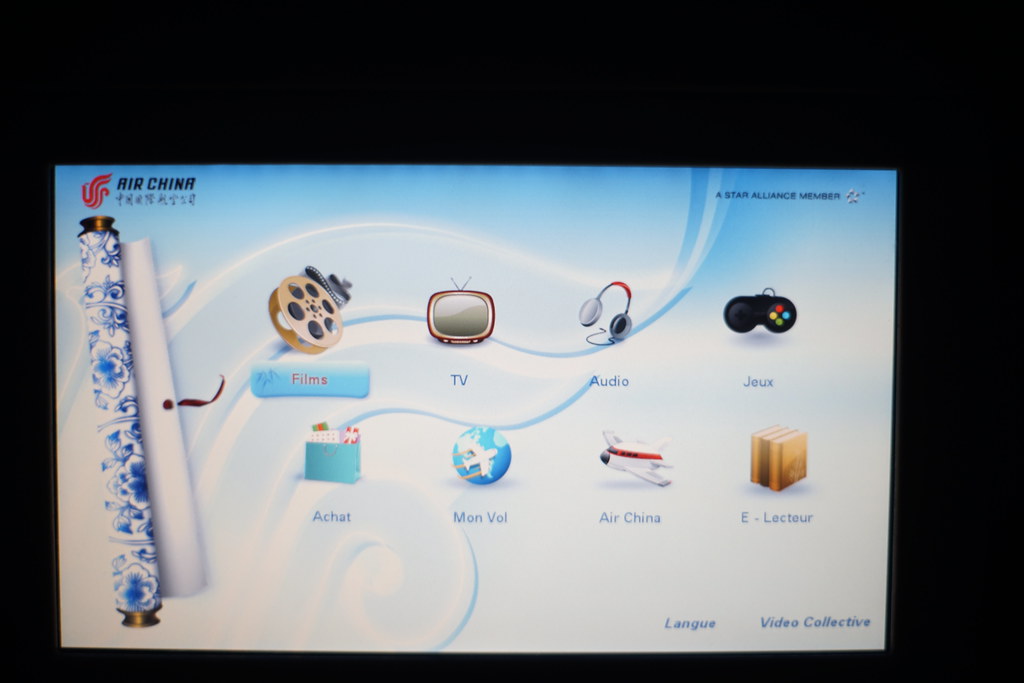
Il y a du français sur l’écran de siège devant vous, mais aucune annonce ne sera faite dans la langue de Molière.
Mais je peux voir certains avantages, au-delà des inconvénients de passer par PEK, et de l’escale de nuit dans les deux bords (car les vols entre PEK et HKG ne sont pas encore assez prévisibles, je pense). À prime abord, on arrive plutôt frais à Montréal, ce qui est franchement bien. J’ai pu aller me balader en ville à Montréal le soir de l’arrivée (sans sieste) et prendre un souper et des verres de pré-mariage, avec quelques espressos dans le corps, sans trop être pêté.
Sans l’attente estivale de deux heures aux frontières à Pierre-Elliott-Trudeau (ce ne fut finalement que cinq minutes aux frontières et quinze minutes en inspection secondaire pour me faire saisir mes deux gâteaux-lunes), on est content que notre journée dans un avion ou en attente n’est que de 14-16 heures, au lieu de facilement 20-24. Sur un vol via EWR ou ORD, c’est départ de la maison à 7h le matin à HK, fermeture de la cabine à 10h30, arrivée à notre destination américaine 14-15 heures plus tard, attente de 3-4 heures à l’aéroport, avant le vol d’une heure et demie pour YUL. Ici, on parle plutôt de se lever entre 8h et 10h le matin, être aux douanes vers 11h30, prendre son vol à 13h, puis atterrir à YUL direct 12-13 heures plus tard.
On aime moins qu’on interdise formellement d’allumer appareils électroniques à bord, surtout que le choix audio-visuel soit surtout en chinois ou de type plutôt « B » si en anglais (genre Démolition de Jean-Marc Vallée avec Jake Gyllenhaal ou la comédie Keanu). On peut encore y échapper si on écoute juste de la musique. Ah ouais, les prises de courant sous les sièges ne fonctionnaient pas (celles à côté des toilettes en arrière, oui).
Le taux de voyageur de première fois semble plus élevé qu’ailleurs mais on s’en fait pas trop (mélatonine + masque + bouchons pour les oreilles + coussin Muji avec capuchon).
Pour le prix, le plus important des facteurs, ça varie. Je me souviens l’avoir vu à 1400 $US auparavant (ne me rappelle plus de l’époque de l’année), mais il était bien en deça de ce prix en septembre 2016. À la dernière minute, le prix était d’environ 850 $US selon Google Flights.
